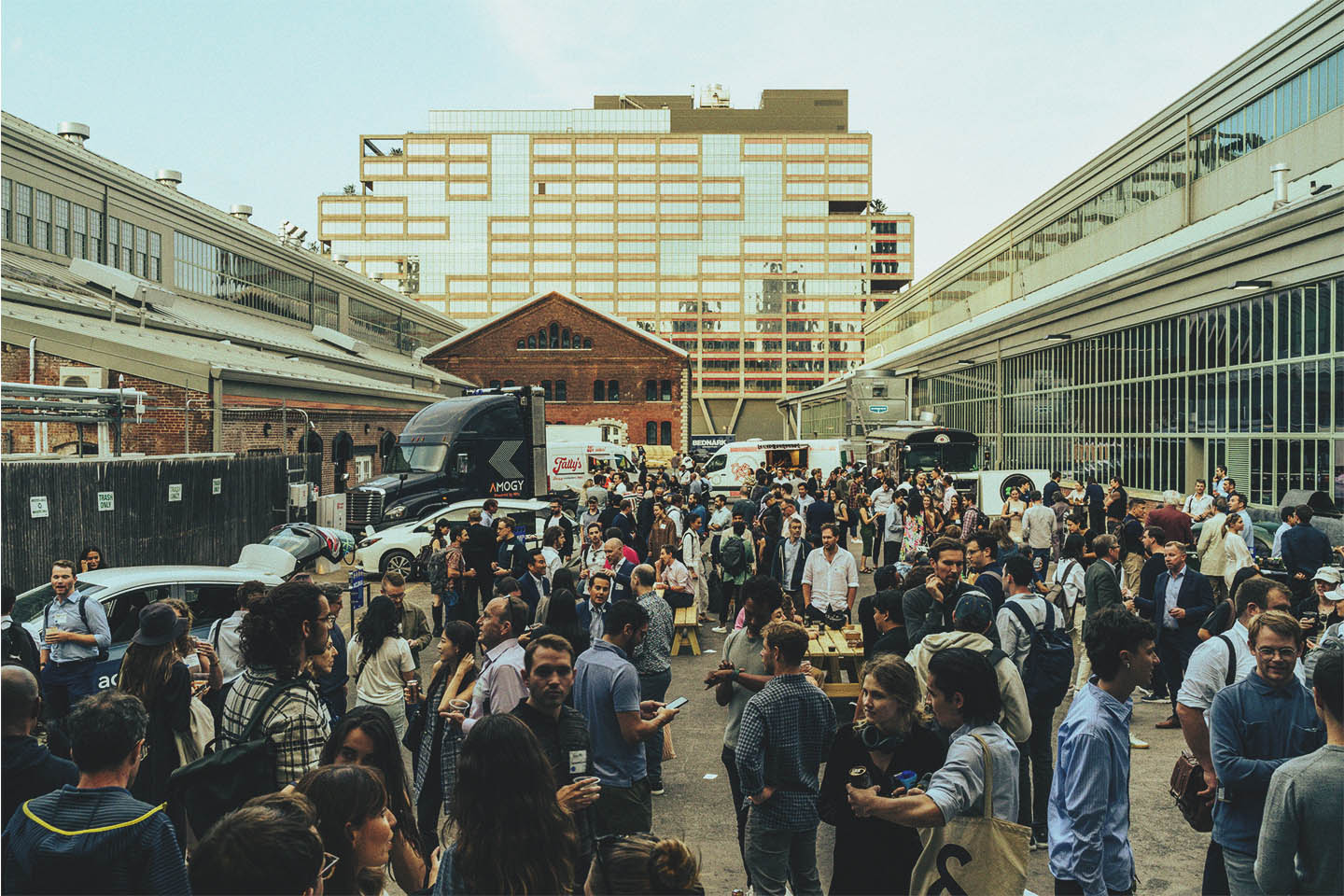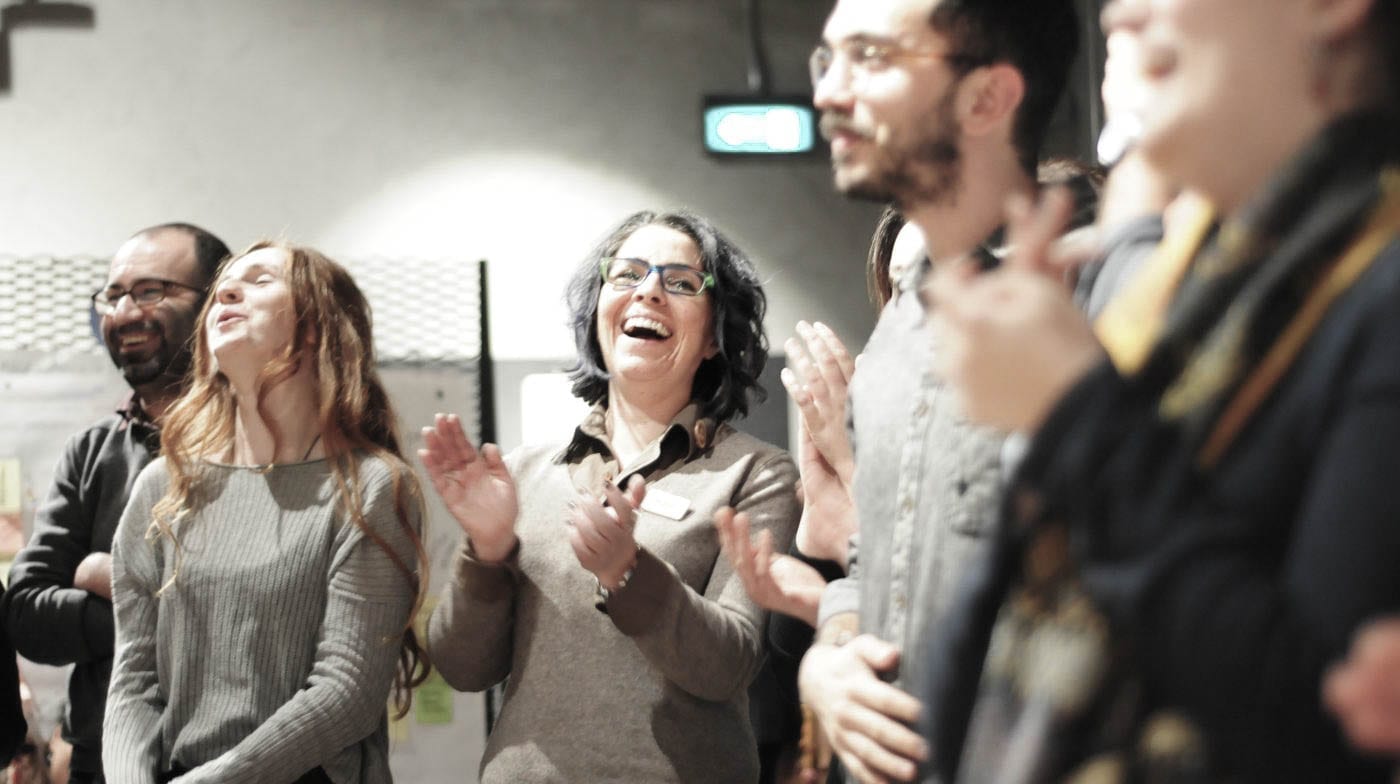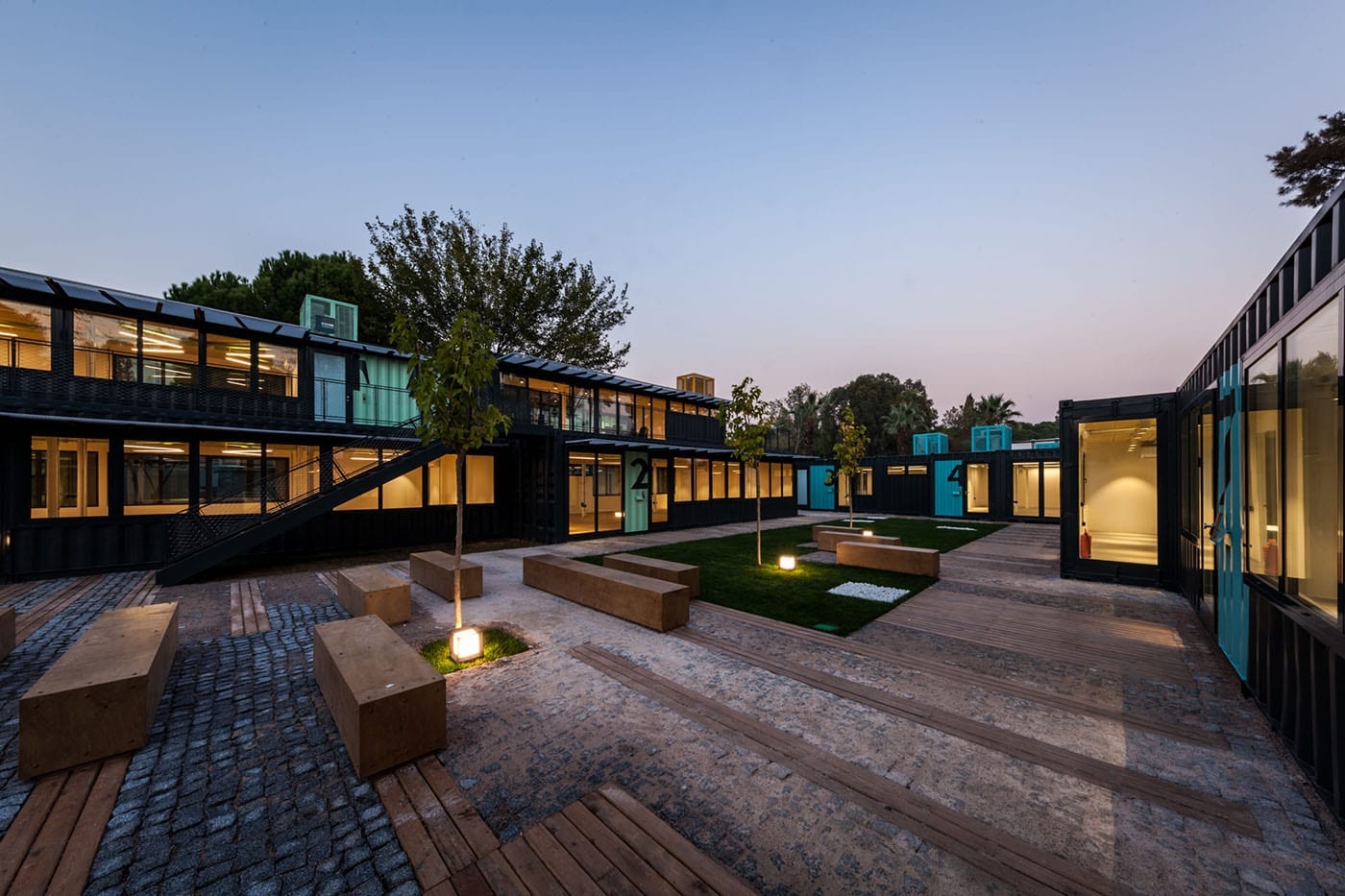99
Start-Ups Mapped
164
Smart Cities Mapped
65
Projects Identified
189
Articles Analyzed
THE CHALLENGE
New Lab City in Downtown Brooklyn aimed to solve urban issues by tracking real-time data through a sensor box placed across the city. Our challenge was to understand what type of data can be tracked, what it could measure and what type of change could be created to bring real value to entrepreneurs, city stakeholders and citizens.
THE TRANSFORMATION APPROACH
Over four months, we went from problem identification to scenarios for piloting. From the most pressing urban issues, we chose trash as the challenge, designing a system around real-time trash tracking connected to a data brokering platform that together bring value to entrepreneurs, city stakeholders and citizens.
Research involved studying 189 articles globally, mapping 99 startups, and identifying 65 projects. The approach combined global insights with local perspectives, emphasizing piloting, ethical data use, and clarity in data collection’s purpose and value.
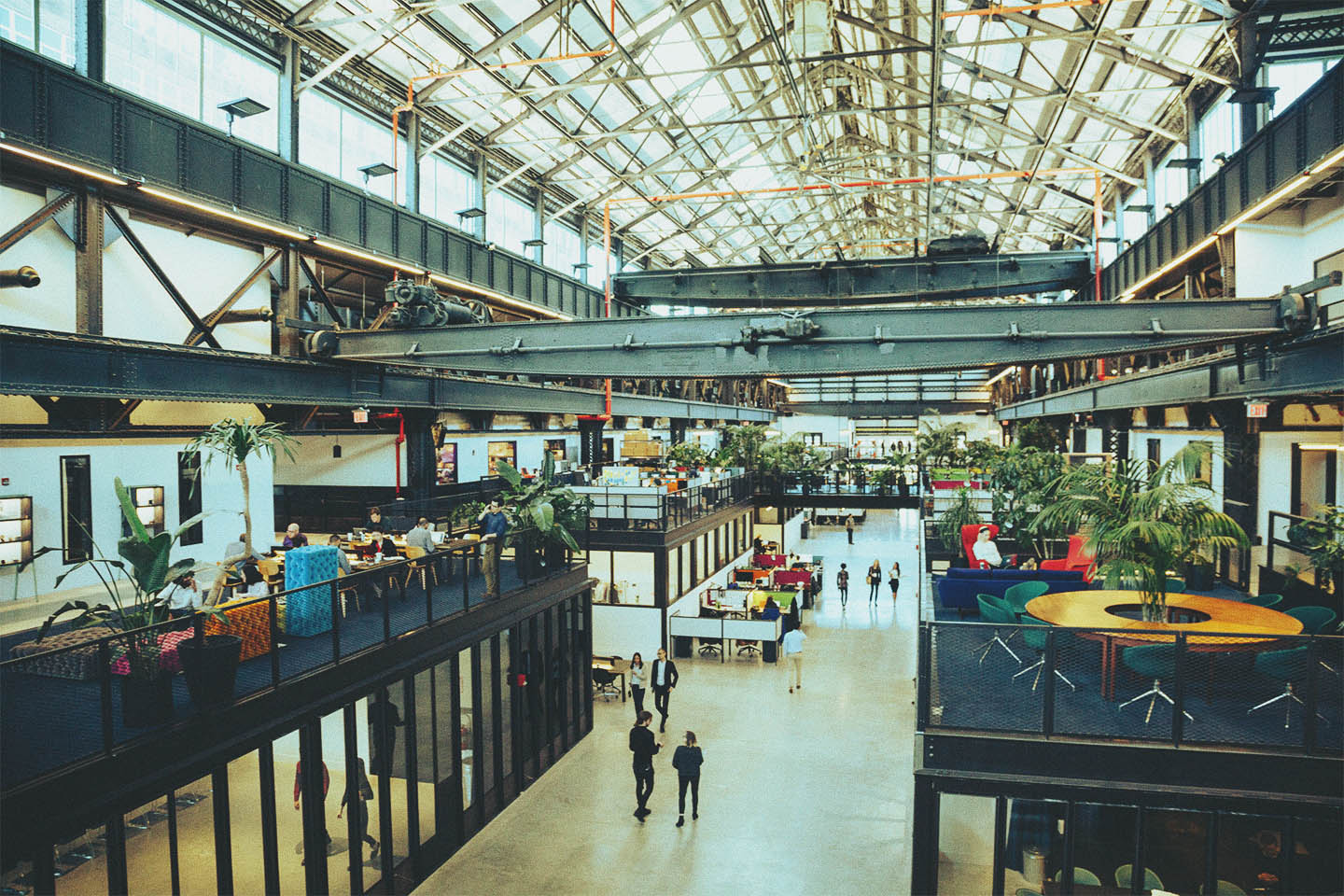
THE IMPACT
Mapping 164 Smart City entities showcased startup leadership. Detailed studies of ten startups and nine projects emphasized the importance of piloting, ethical data use, and defining the purpose and value of data collection. Discoveries included triggering services with real-time data, natural/biological sensors, mood tracking, and innovative use of urban infrastructures.
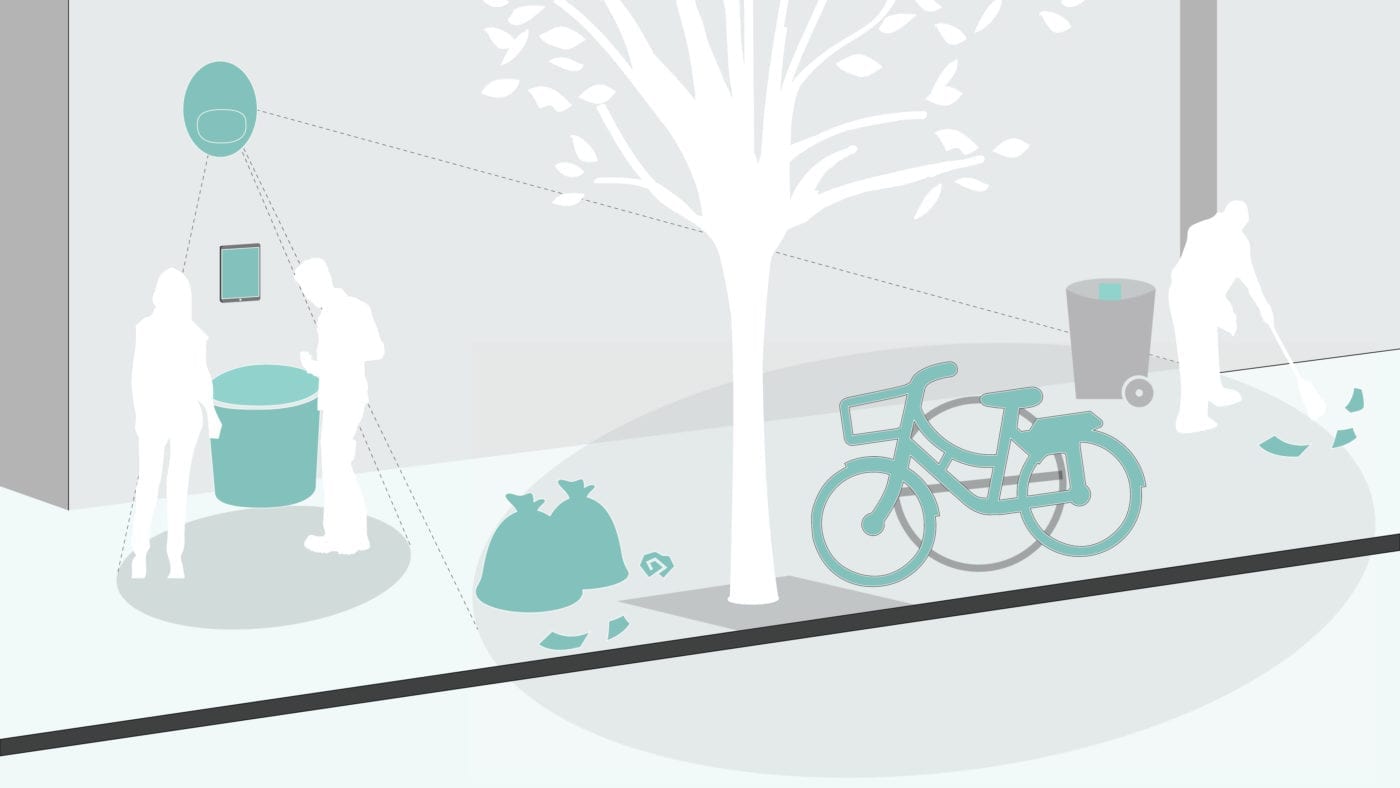
THE COMMUNITY LENS
New Lab City prioritized local challenges in Brooklyn, aiming to create Resilient Cities. Stakeholder interviews, online research, and field observations ensured an understanding of community-specific context and challenges. With 353 references compiled in a database, the project aligns with the community’s vision, contributing meaningfully to urban resilience.
Project Team
Project Team:
Bala Gürcan, Begüm Ural, Carla Lemgruber, Ece Pek, Emre Sarıkaya, Engin Ayaz, Fırat Okucu, Harun Köktürk, José Morell-Ducós, Kerem Alper, Mert Çetinkaya, Özgür Şahin, Serdar Paktin
Project Lead:
Carla Lemgruber, Mert Çetinkaya
Network:
Cristin Dorgelo
Igal Nassima, Meghan Nelson, Tyler Pridgen (Superbright)
Resources & Links
Explore related content
